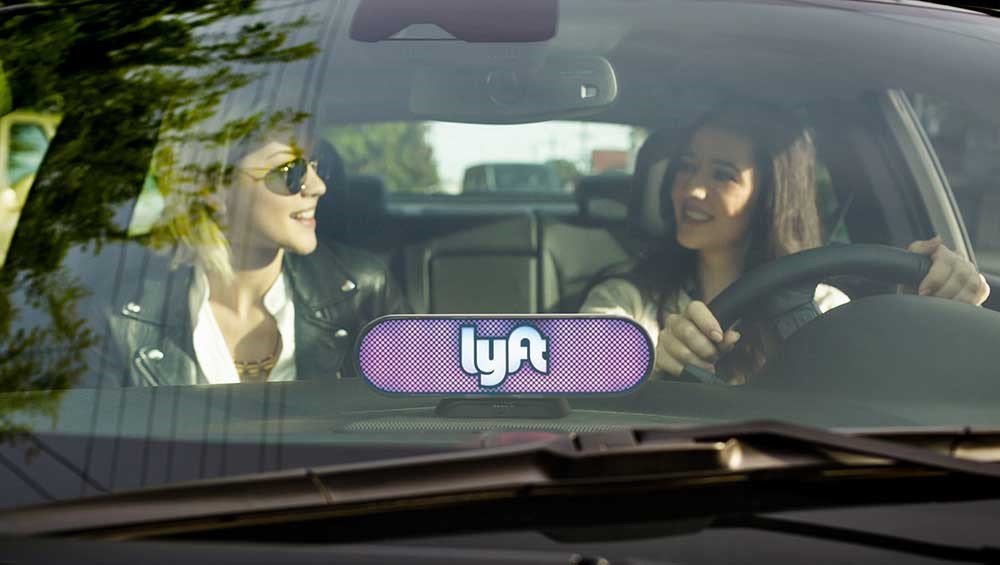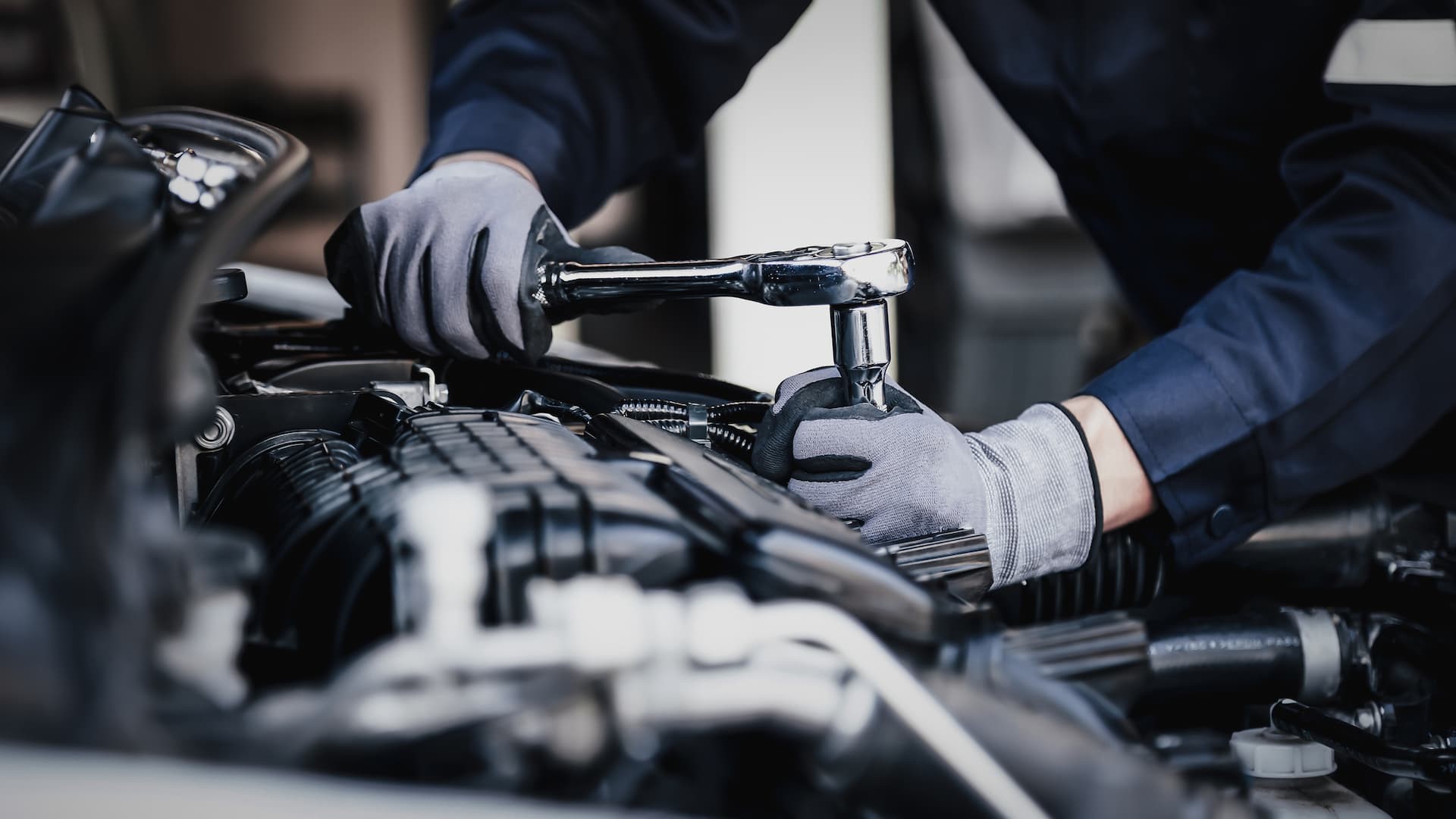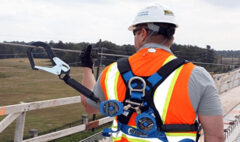Safe Journeys Ahead: Defensive Driving Strategies for Lyft Drivers
Safe Journeys Ahead: Defensive Driving Strategies for Lyft Drivers
In the fast-paced world of ridesharing, Lyft stands as a prominent player, connecting millions of users with drivers across the United States and Canada. With over 20.3 million active users and nearly 2 million drivers, Lyft’s influence on transportation is undeniable. However, with such a vast network comes a heightened responsibility for drivers to prioritize safety above all else.
Understanding the Landscape
In the fourth quarter of 2022, Lyft boasted an impressive 20.3 million active users, underlining its significant engagement within the ridesharing market. While Lyft operates in 656 cities across North America, it holds a smaller market share compared to its primary competitor, Uber. Despite this, Lyft remains a major player, generating revenue primarily from its ridesharing platform.

Safety Strategies for Lyft Drivers
Lyft drivers can improve their knowledge of road hazards and risks by taking online safety and health training. This article explores and discusses important safety strategies for Lyft drivers.
Vehicle Maintenance
Vehicle maintenance is a cornerstone of safety and reliability for Lyft drivers. Regular checks and upkeep ensure that the vehicle operates smoothly, minimizing the risk of breakdowns or malfunctions during rides. From routine oil changes and tire rotations to brake inspections and fluid top-ups, staying on top of maintenance tasks is essential for preserving the integrity of the vehicle and providing a comfortable experience for passengers. By investing time and effort into vehicle maintenance, Lyft drivers not only prioritize safety but also enhance their reputation as trustworthy and dependable drivers within the ridesharing community.
National Library of Medicine: Ride-Hailing and Road Traffic Crashes: A Critical Review
https://www.ncbi.nlm.nih.gov/pmc/articles/PMC9431654/
University of California, Berkeley: Uber and Traffic Fatalities
https://faculty.haas.berkeley.edu/ldavis/Anderson%20and%20Davis%20Uber.pdf

Pre-trip Inspections
Performing a thorough pre-trip inspection is a vital ritual for Lyft drivers, ensuring the safety and comfort of both themselves and their passengers. At the start of each day before embarking on a journey, drivers should systematically check essential components of their vehicle, including brakes, tires, lights, fluid levels, wipers, and mirrors. By conducting this proactive assessment, drivers can detect any potential issues early on, minimizing the risk of mechanical failures or safety hazards while on the road. Prioritizing pre-trip inspections not only fosters a culture of safety but also instills confidence in passengers, demonstrating a commitment to professionalism and reliability.

Avoiding Distraction from Passengers
Avoiding distraction from passengers is paramount for Lyft drivers to maintain focus and ensure safe travels. While engaging with passengers is a fundamental aspect of the job, drivers must strike a balance between conversation and concentration on the road. Implementing strategies such as setting boundaries for conversation topics, limiting the use of electronic devices while driving, and politely redirecting passengers’ attention away from distracting behaviors can help mitigate potential distractions. By prioritizing safe driving practices and remaining attentive to the task at hand, Lyft drivers can uphold their responsibility to safeguard both themselves and their passengers, fostering a secure and enjoyable ridesharing experience.
Paying Attention to Rider Ratings
Paying close attention to rider ratings is an important practice for Lyft drivers to ensure a positive and safe experience for both themselves and future passengers. Rider ratings serve as valuable feedback, offering insights into passenger behavior and expectations. By monitoring these ratings, drivers can identify potential red flags, such as disrespectful or unsafe conduct, and make informed decisions about accepting ride requests. Additionally, consistently providing excellent service and prioritizing passenger comfort can lead to higher ratings, enhancing drivers’ reputation and increasing their chances of receiving more ride requests. Ultimately, maintaining awareness of rider ratings allows Lyft drivers to uphold standards of professionalism and safety while fostering trust and satisfaction among passengers.
Asking Riders to Sit in the Backseat and Buckle Up
Asking riders to sit in the backseat and buckle up is a fundamental safety measure for Lyft drivers, aimed at reducing the risk of injury in the event of an accident. By encouraging passengers to occupy the backseat, drivers create a safer distance between themselves and potential hazards. Additionally, insisting on seat belt usage reinforces the importance of passenger safety and minimizes the likelihood of injury or ejection in the event of a collision or sudden stop. Prioritizing these simple yet essential precautions not only complies with Lyft’s safety guidelines but also demonstrates a commitment to responsible driving practices, ensuring a secure and comfortable journey for all occupants.

Knowing Your City
Knowing your city is an indispensable asset for Lyft drivers, enabling them to navigate efficiently and respond adeptly to diverse road conditions and traffic patterns. Familiarity with local routes and landmarks not only facilitates smoother and more expedient pickups and drop-offs but also allows drivers to anticipate potential hazards and adjust their driving accordingly. Furthermore, understanding the intricacies of different neighborhoods and areas helps drivers make informed decisions about route selection, optimizing travel time and passenger satisfaction. By mastering the geography and dynamics of their city, Lyft drivers can provide a superior level of service while enhancing safety and reliability for themselves and their passengers.
NHTSA: Traffic Safety Facts
https://crashstats.nhtsa.dot.gov/Api/Public/ViewPublication/813320
Fatigue Management
Fatigue management is a critical aspect of ensuring the safety of Lyft drivers and their passengers. Long hours behind the wheel can lead to exhaustion, impairing reaction times and decision-making abilities. Therefore, it’s imperative for drivers to recognize the signs of fatigue, such as yawning, difficulty focusing, or drifting between lanes, and take proactive measures to address them. Scheduling regular breaks, staying hydrated, and getting an adequate amount of sleep are essential strategies to combat fatigue and maintain alertness on the road. Additionally, Lyft’s flexible scheduling allows drivers to prioritize their well-being by taking breaks when needed, reducing the risk of fatigue-related accidents. By practicing effective fatigue management techniques, drivers can uphold Lyft’s commitment to safety while ensuring a comfortable and secure journey for all passengers.

National Bureau of Economic Research: Ridesharing’s Effect on Alcohol-Related US Traffic Fatalities
https://www.nber.org/digest/202109/ridesharings-effect-alcohol-related-us-traffic-fatalities
Obeying Road Signs and Posted Speed Limits
Obeying road signs and posted speed limits is fundamental for Lyft drivers to uphold safety standards and ensure smooth and secure journeys. Road signs provide crucial information about upcoming hazards, intersections, and speed limits, enabling drivers to anticipate changes in road conditions and respond accordingly. Adhering to posted speed limits not only reduces the risk of accidents but also enhances fuel efficiency and minimizes wear and tear on the vehicle. Additionally, obeying road signs demonstrates a commitment to responsible driving practices and fosters trust and confidence among passengers. By prioritizing compliance with road signs and speed limits, Lyft drivers contribute to safer roadways and provide a positive and reassuring experience for all passengers.
Avoiding Alcohol and Drugs
Avoiding alcohol and drugs is essential for Lyft drivers to ensure the safety of themselves and their passengers. Operating a vehicle under the influence of alcohol or drugs significantly impairs judgment, coordination, and reaction times, increasing the risk of accidents and injuries. As ambassadors of safe transportation, Lyft drivers must adhere to a strict zero-tolerance policy regarding substance use while on duty. By abstaining from alcohol and drugs, drivers uphold their commitment to providing a secure and responsible ridesharing service, safeguarding the well-being of all individuals on the road. Additionally, prioritizing sobriety reinforces Lyft’s dedication to promoting a culture of safety and responsibility within the ridesharing community, fostering trust and confidence among passengers.
NHTSA Takes First Step Toward Impaired Driving Prevention Standard to Save Lives, Launches Holiday Drive Sober Campaign
https://www.nhtsa.gov/press-releases/drive-sober-campaign-launch-winter-2023
Partnering for Safety
As advocates for safe driving practices, Safety Result Professionals offers comprehensive online safety and health training courses, including the Defensive Driving for Lyft Operators. Designed to equip drivers with the knowledge, skills, and awareness needed to navigate roadways safely, this course is an invaluable resource for Lyft drivers and organizations alike.
Safety Result Professionals is committed to fostering safer and more accident free communities through accessible, high-quality low-cost safety training initiatives. To learn more about their courses and initiatives, visit their website at https://safetyresultpros.com/.
Conclusion: A Commitment to Safety
Defensive driving isn’t just a skill; it’s a mindset—a commitment to prioritizing safety above all else. By embracing responsible driving practices and adhering to the strategies outlined above, Lyft drivers can contribute to creating safer roads for everyone. Let’s pledge to drive with caution, consideration, and respect for the well-being of ourselves, passengers and others, one journey at a time.
Author: Dr. O’Neil G. Blake, Chief Executive Officer (CEO) of Safety Result Professionals
MS., MBA., MSc., CSP., ASP., CSHM., CSMP., MRSA.
Date: 03-21-2024












